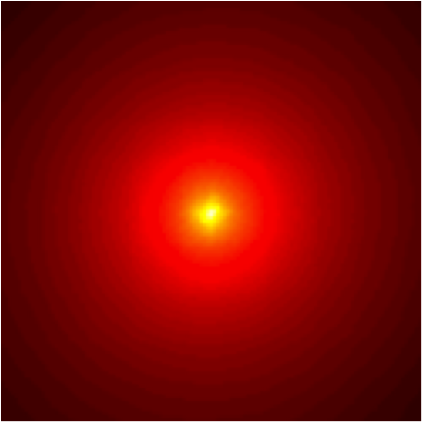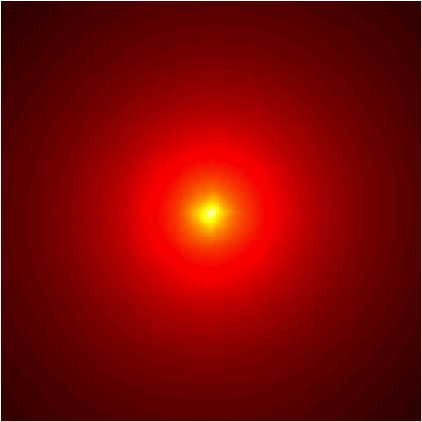An old transition in a new light
In two-dimensional systems with continuous symmetry, thermal fluctuations prevent the emergence of long-range order. Nevertheless, there is a well-known transition, first predicted by Berezinskii, Kosterlitz, and Thouless (BKT), to a topologically ordered state with a correlation function that diverges as a power law. This transition was first studied in superfluid helium films on surfaces, and more recently in two-dimensional gases of cold atoms. Now, writing in Physical Review A, Eran Small and colleages of the Weizmann Institute of Science, Rehovot, Israel, show theoretically that the BKT transition should also be observable in the propagation of light in two-dimensional arrays of nonlinear optical waveguides.
The advantages of optical implementation are in its relative simplicity and that it does not rely on low-temperature experiments. Since the nonlinear Schrödinger equation describing propagation in a discrete two-dimensional set of waveguides is nonintegrable, the resulting motion in phase space is ergodic. An effective temperature can thus be defined and controlled by changing the input phase structure of the light injected into the array, opening the possibility of experimental verification. Beyond studying the BKT transition, this insight may facilitate studies of other interesting phase transitions using all-optical techniques. – Mark Saffman





